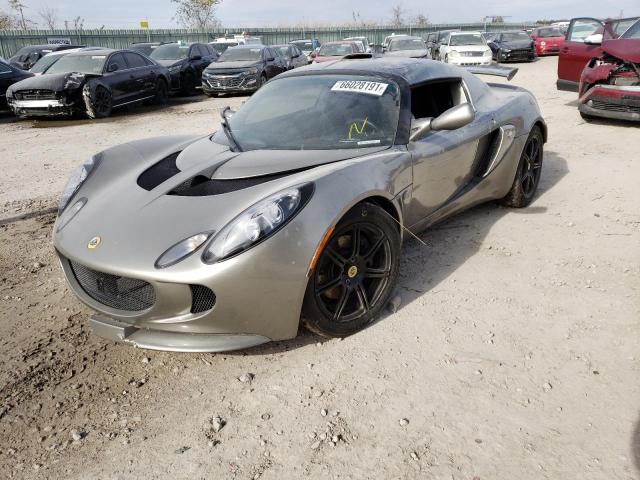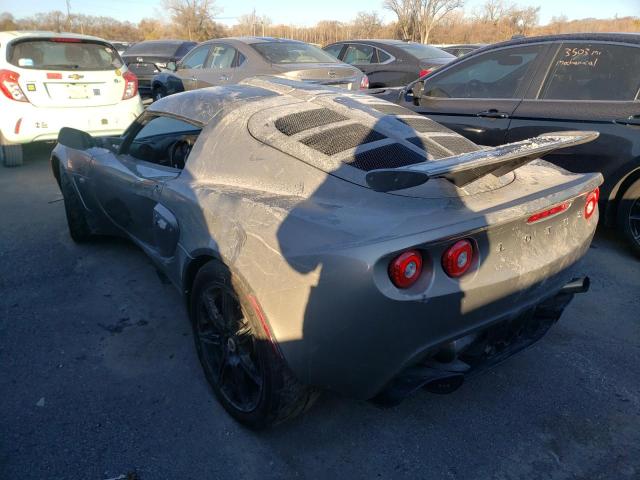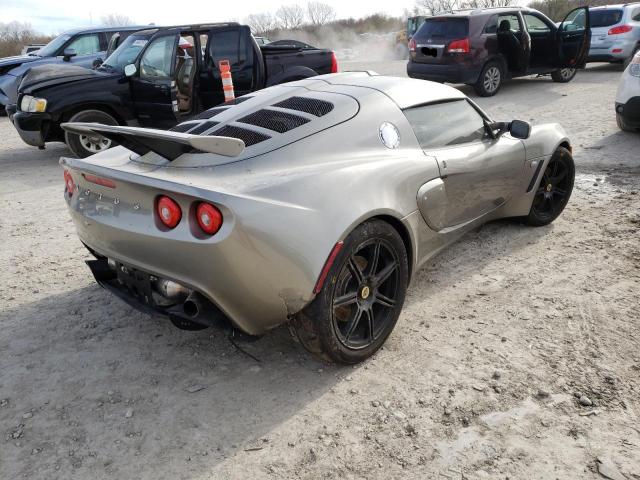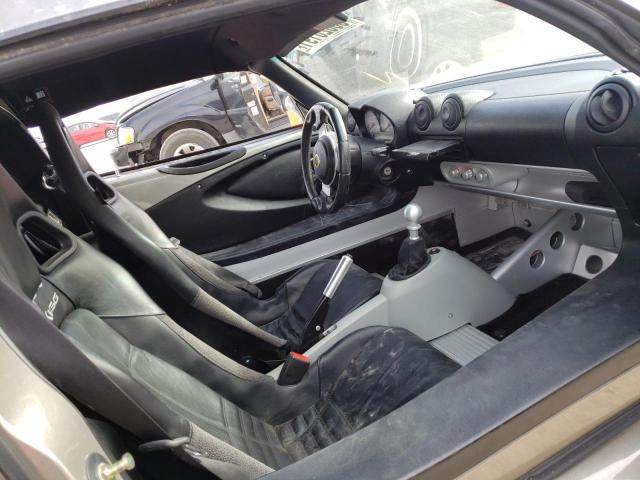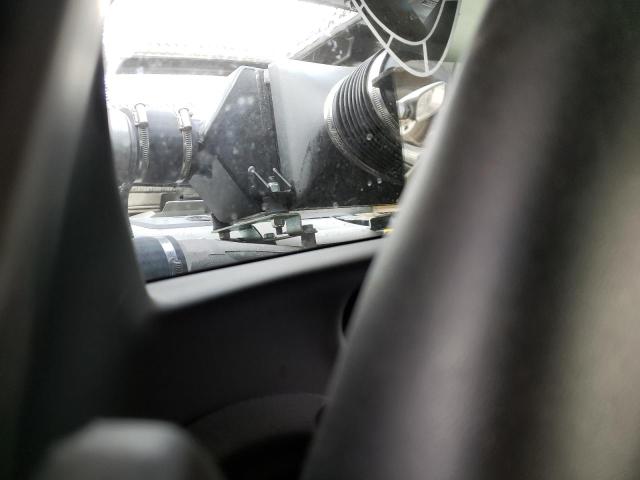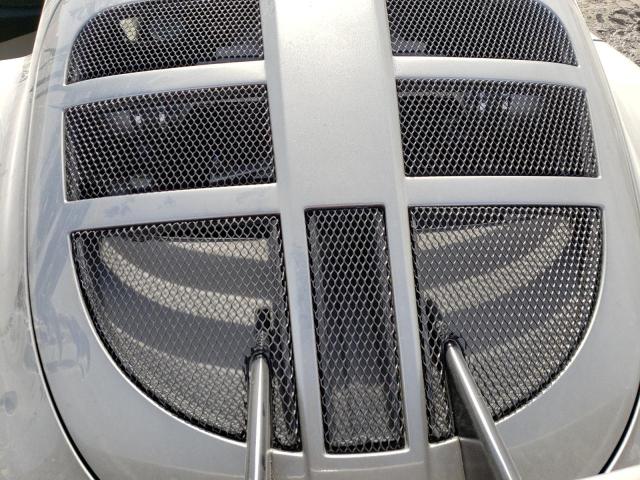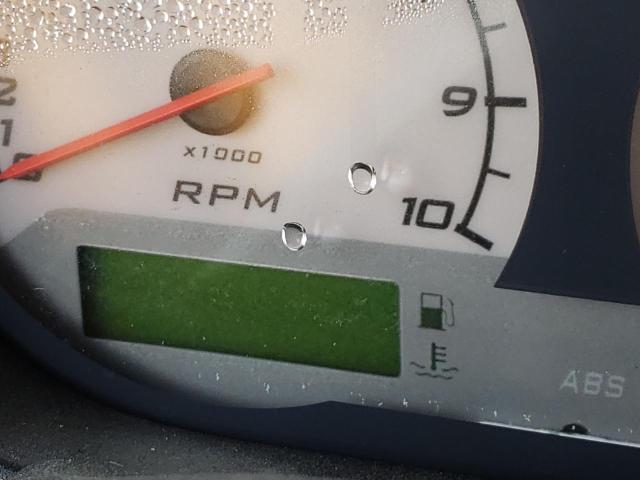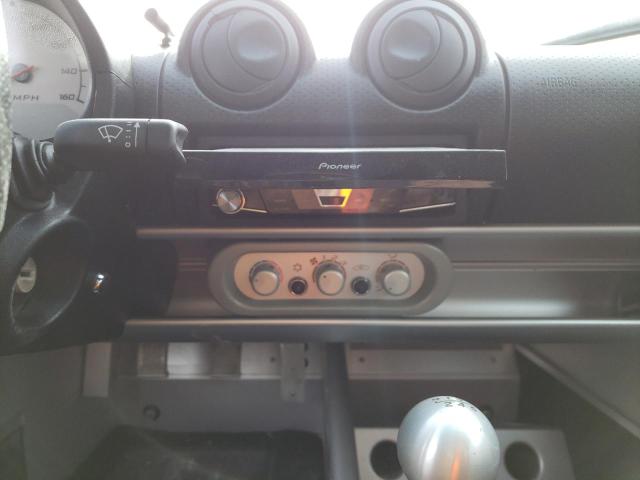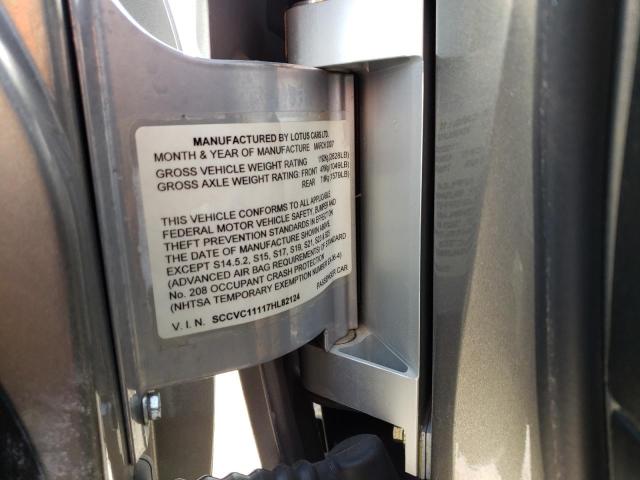2007 LOTUS EXIGE | SCCVC11117HL82124
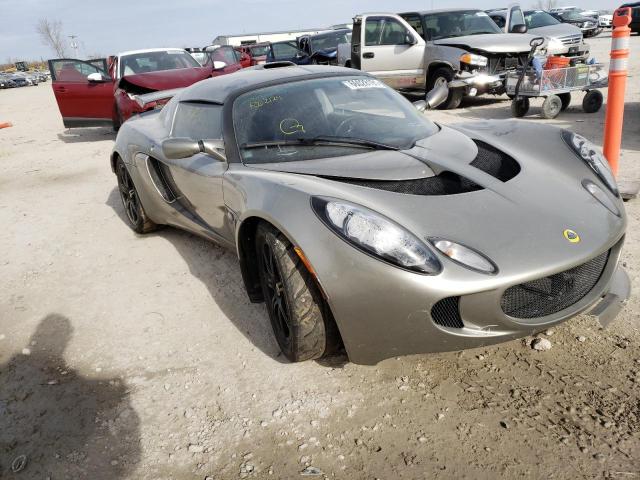 ❯
❯Lot details
- Sale Date2022-07-28
- Lot Number66028191
- ACV81530.4 $
- Sale documentKS -
- LocationKS - KANSAS CITY
- Odometer0 miles (0 km)
- Primary DamageFRONT END
- Secondary DamageMINOR DENT/SCRATCHES
Vehicle specifications
5
~$65,000
Engine: 1.8L supercharged I4 petrol
Torque: 236 Nm
0–100 km/h: ~4.0 s
The Lotus Exige Cup 260 is powered by a 1.8-liter supercharged inline-four engine, delivering 260 horsepower and 236 Nm of torque. This powertrain enables the Exige to accelerate from 0 to 100 km/h in just 4.0 seconds, showcasing its impressive power-to-weight ratio. The engine's high-revving nature and immediate throttle response contribute to an exhilarating driving experience, characteristic of Lotus's performance ethos.
Handling is a standout feature of the Exige, thanks to its lightweight aluminum chassis and finely tuned suspension. The car's low center of gravity, coupled with precise steering feedback, allows for exceptional agility and cornering capabilities. The aerodynamic bodywork, including a prominent rear wing and front splitter, enhances downforce, ensuring stability at high speeds and during aggressive maneuvers.
The Exige embodies Lotus's commitment to pure driving pleasure. Its minimalist design and focus on performance over luxury make it a driver's car in the truest sense. Compared to contemporaries like the Porsche Cayman or BMW Z4 M Coupe, the Exige offers a more raw and unfiltered connection to the road, appealing to enthusiasts seeking an uncompromised sports car experience.
Final Bid Lotus Exige (2007)
$39,500
$39,500
$39,500
Body Styles
The Lotus Exige Series 2 is a two-door, two-seat coupe that emphasizes aerodynamic efficiency and lightweight construction. Its compact dimensions, with a length of approximately 3,797 mm, width of 1,727 mm, and height of 1,175 mm, contribute to its agile handling characteristics. The fixed roof design, integrated rear wing, and aggressive front splitter not only enhance its visual appeal but also serve functional purposes by increasing downforce and stability. The body panels are crafted from composite materials, further reducing weight and enhancing performance.
Model Name Meaning (Manufacturer)
The name "Exige" is derived from the French word "exiger," meaning "to demand." This nomenclature reflects Lotus's intention for the car to demand attention, both in terms of its striking design and its uncompromising performance capabilities.
Model Name Meaning (Languages)
Beyond its direct translation, "Exige" conveys a sense of urgency and precision, aligning with the car's focused driving dynamics. The name suggests a vehicle that requires and rewards driver engagement, embodying the essence of a track-oriented sports car.
Body & Interior Colors and Rims
The Lotus Exige Series 2 (2004–2011) distilled Lotus’s racing heritage into one of the purest road-legal track cars of its time, and its visual identity was built on bold, functional design elements, aero-tuned bodywork, and lightweight components — all accentuated by performance-oriented paintwork and materials.
Exterior colors were unapologetically loud and motorsport-inspired, in keeping with the Exige’s uncompromising character. Signature finishes included Chrome Orange, Laser Blue, Arctic Silver, Aspen White, and Graphite Grey, while rarer hues like Canyon Red, British Racing Green, Nightfall Blue, and Isotope Green gave special edition models a bespoke flair. High-performance versions like the Exige S 260 and Cup editions were often finished in Phantom Black, Starlight Black, or Matte Grey, frequently paired with contrasting racing stripes, number roundels, or carbon fiber elements.
The defining design features of the Series 2 Exige included a composite front splitter, roof-mounted air intake, side-mounted intercooler ducts, and an integrated rear wing, all of which varied slightly in size and material depending on the model and year. Carbon fiber components became more prevalent in later Cup and S models, with front access panels, rear wing uprights, and even full roof panels crafted from exposed weave.
Inside, the Series 2 Exige offered a minimalist, driver-focused cabin with the core mission of reducing weight while maximizing tactile feedback. Standard seating came in Black Alcantara or leather, with Red, Magnolia, or Blue contrast stitching, and fixed-back Probax racing seats became a hallmark of the platform. The dashboard and transmission tunnel were trimmed in leatherette, Alcantara, or left bare in Cup versions to reveal the aluminum tub structure. Elise-style HVAC knobs, a three-spoke Momo steering wheel, and low-profile switchgear reinforced the car’s analog appeal.
Optional upgrades included two-tone seat trims, carbon fiber center consoles, track harness bars, and roll cage preparation kits in motorsport-focused variants. Audio systems and air conditioning were offered but often omitted from Cup cars and performance builds to preserve lightness. Every interior surface reflected Lotus’s strict performance-over-luxury ethos.
Wheels were critical not only for aesthetics but for performance tuning. The standard wheel setup included ultralight forged or cast aluminum wheels, typically 16 inches in the front and 17 inches in the rear, creating the staggered fitment essential to the Exige’s exceptional turn-in behavior. Finishes included Gloss Black, Silver, Gunmetal Grey, and Diamond-Cut Anthracite, often color-matched to exterior trim or stripe packages. Special editions, such as the Exige Scura or Exige Cup 260, featured satin black lightweight wheels and ultra-grippy Yokohama A048 or A052 tires.
Behind the wheels sat AP Racing or Brembo brakes, with ventilated cross-drilled discs and 2- or 4-piston calipers, often painted Red, Yellow, or Black, depending on model and year. The brakes provided track-ready endurance and were a visual match to the Exige’s aggressive stance and minimal wheel gap, thanks to track-oriented suspension and adjustable coilovers on most Cup variants.
Together, the compact proportions, high-contrast paintwork, and motorsport-spec hardware gave the Series 2 Exige a presence far greater than its size — a rolling declaration of Lotus’s engineering purity and aesthetic discipline.
Top Expensive Options
- Track Pack Suspension Upgrade: $3,500
- Limited-Slip Differential: $2,800
- Lightweight Forged Alloy Wheels: $2,500
- High-Performance Brake Kit: $2,200
- Carbon Fiber Interior Trim: $1,800
- Adjustable Rear Wing: $1,500
- Alcantara Seat Upholstery: $1,200
- Air Conditioning System: $1,000
- Upgraded Exhaust System: $900
- Custom Exterior Paint Finish: $800
vs Competitors
In the sports car segment, the Lotus Exige Series 2 stands out for its uncompromising focus on performance and driver engagement. While competitors like the Porsche Cayman and BMW Z4 M Coupe offer a blend of comfort and performance, the Exige prioritizes lightweight construction and track-ready dynamics. Its minimalist interior and absence of luxury features underscore its dedication to pure driving pleasure. The Exige's exceptional handling, responsive steering, and aerodynamic design provide a more visceral and connected driving experience compared to its contemporaries, appealing to enthusiasts seeking a no-frills, high-performance vehicle.
Fun Fact
Only a limited number of Exige Series 2 units were produced between 2004 and 2011, making it a rare and sought-after model among collectors and enthusiasts. Its limited production run, combined with its distinctive design and performance capabilities, has cemented its status as a modern classic in the sports car world.


